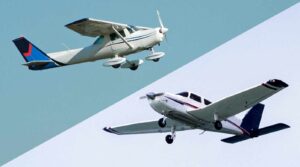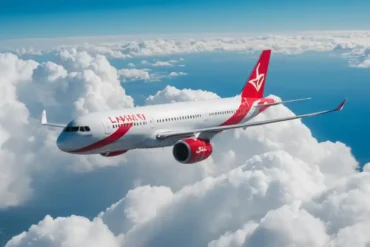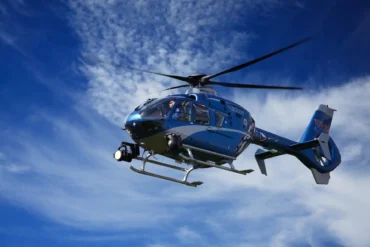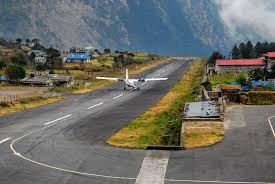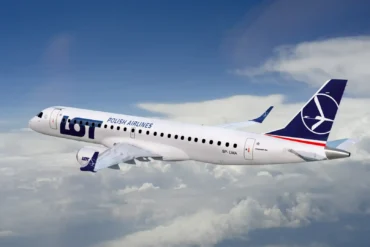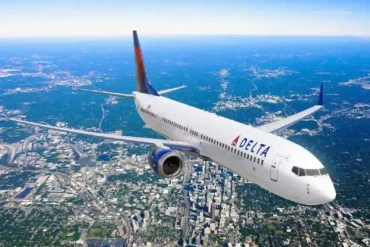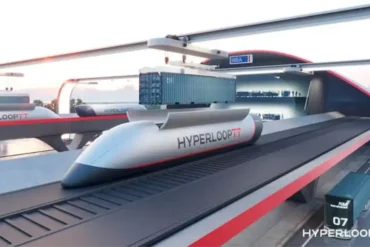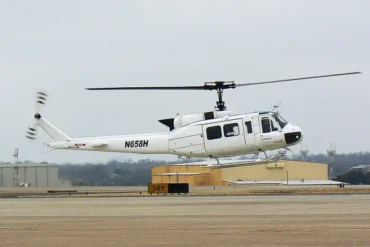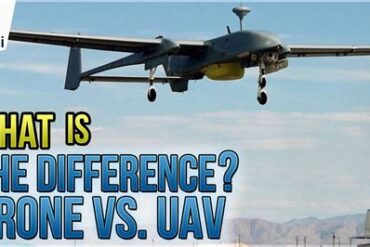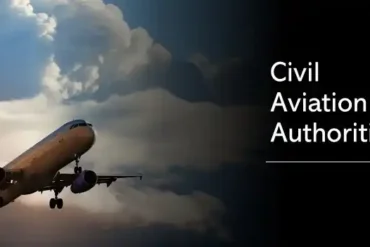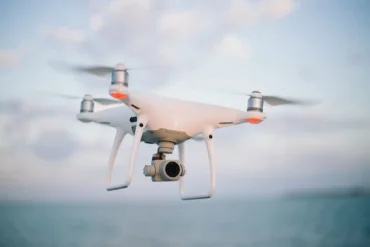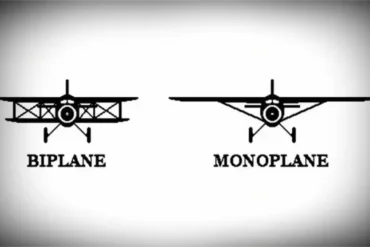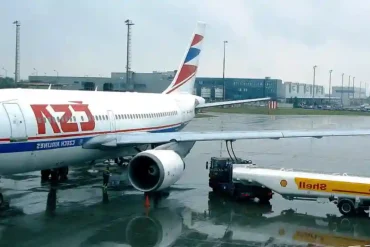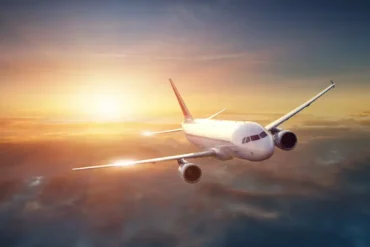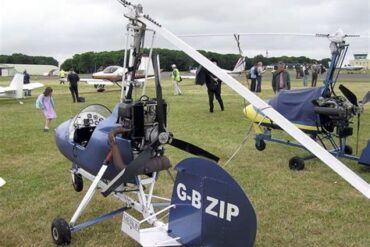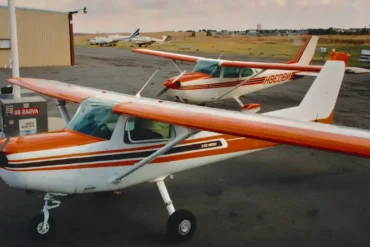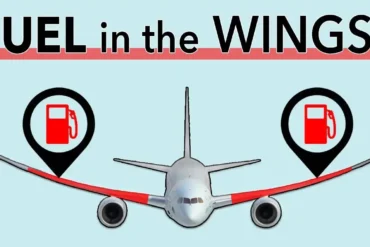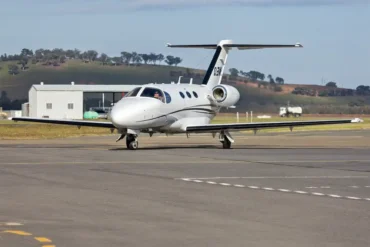Aircraft possess wings attached to the fuselage in one of two primary configurations – either above the fuselage (high wing) or below the mid-point of the fuselage (low wing). Large commercial jet aircraft typically feature low wings, and this choice is grounded in practical considerations. However, smaller training aircraft, propeller aircraft, military planes, and numerous cargo aircraft often adopt high wings, presenting a diverse array of design disparities. This exploration delves into the myriad distinctions between these two wing configurations.
Differences Between High and Low Wings
Exploring the distinctions in structure and performance between high and low wings unveils several key factors:
- Impact on Landing Gear Design: Low-wing aircraft often integrate landing gear into the same structure, while high-wing counterparts require additional gear structures.
- Cabin Space: High wings offer more flexible use of space within the fuselage, devoid of additional structures.
- Absorbing Landing Force and Safety: Low wings exhibit superior ability to absorb landing forces through the structure and wing box/landing gear. They are considered safer in emergencies, gear-up landings, and water landings.
- Ground Clearance: High wings boast increased ground clearance, keeping engines further from rough ground, although lower-placed engines are more accessible for checks and maintenance.
High Wing vs Low Wing
The majority of aircraft observed today exhibit either high wings situated above the fuselage or low wings positioned partway down the fuselage. Alternatives, like biplanes with two wings, also exist. The differentiation extends beyond wing location to design specifics. High wings typically adopt a flatter profile, while low wings incorporate an upward angle, known as dihedral, to compensate for the enhanced stability associated with high wings. This stability is contingent on the relative positioning of the center of mass and the center of lift. The selection of wing type is predominantly a pragmatic decision, with some performance implications favoring low wings in aerodynamics and overall performance. However, the primary distinctions lie in the physical structure of the resulting aircraft.
It is crucial to recognize that wings extend beyond mere external attachments. Aircraft necessitate additional structures to support the wings. In addition to external wings, a central wing box connects the wings to the fuselage, bearing a significant portion of the aircraft’s load. This wing box is a critical element, impacting the aircraft’s interior. In a low-wing aircraft, it occupies a lower position in the fuselage, below the passenger cabin and manageable within the cargo hold. Furthermore, the wings and wing box may house components of the landing gear structures.
Conversely, in a high-wing aircraft, the wing box is positioned above the fuselage, creating an open and unobstructed fuselage ideal for efficient cargo loading.
Low Wings Suit Commercial Passenger Aircraft
Large commercial aircraft predominantly feature low wings, aligning with cabin and cargo compartment layouts for safety, accessibility, and operational efficiency during quick turnovers at airports.
High Wing Can Be Common Elsewhere
High wings find suitability in various aircraft types, including:
- Smaller Light Aircraft: Small, two to four-seat, passenger aircraft often opt for high wings, driven by pilot preference and advantages like better vision and ground clearance.
- Military Aircraft: Favored for cargo flexibility and operational advantages in rough or unpaved terrain.
- Dedicated Cargo Aircraft: Offers flexible loading options with a single large cargo compartment.
- Passenger Aircraft Requiring Higher Clearance: Useful for operating in rough terrain or unpaved runways, providing more clearance, larger flaps for short-field takeoffs and landings.
High-Wing or Low-Wing? Which One Is Better?
The truth is, the differences between high-wing and low-wing planes are often negligible for most pilots. While distinctions exist, none conclusively proves the superiority of one design over the other. After experiencing both, the similarities outweigh minor differences.
Conclusion
Choosing between low or high wing aircraft depends on the intended use, flying conditions, and desired characteristics. High wings excel in amphibious, cargo, and sightseeing roles, while low wings are preferable for speed, fuel efficiency, commercial aviation, and activities requiring precise control or aerodynamic stability, such as aerobatics.
